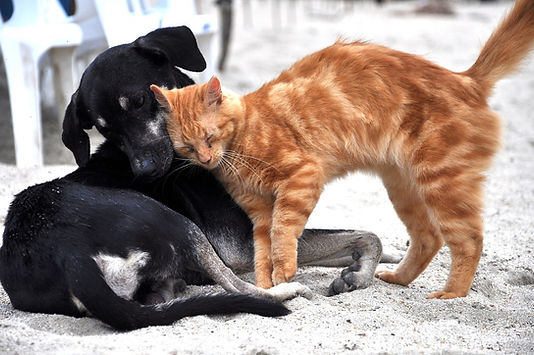Due to Covid many of us began working from home. We tried to cope as best we could through the isolation and inactivity. A couple of ways we managed to stay sane during those trying times was by becoming more nurturing through adopting animals and plants. Both of these brought us comfort and reassurance that one day things would get back to normal.
Well, they did get back to normal, for the most part. Now we not only have pets to care for but also indoor plants.
If you ever doubted the benefits of how plants improve your psyche, refer to my post How to Learn From Plants.
In this post you will learn all about indoor plants, (Leon and George) how to care for them, and how to keep our furry friends healthy by suggesting flowers and plants that are pet safe. Continue on to read all about indoor plants.
(Some of the links within this post are affiliate links on which I receive a small compensation from the sale of certain items.)
Things To Consider When Purchasing Indoor Plants
Low Light or High Light?
You need to determine the intensity of the light filtering into your home not only during the course of the day but during the course of a year through the changing seasons. As you probably know, there are many kinds of indoor plants (Leon and George). Some require direct light, others require filtered light (light dimmed by being a bit removed from the window or by a sheer curtain between the sun’s rays and the plant).
House Orientation
See how your house is oriented. Does the living area (kitchen and family room) face the south, north, east, west? If you do not know how to determine this, remember that the sun rises in the east and then watch where it travels through the day until setting. As it travels through the day, it will shine from the south, and then it will set in the west.
Opposite from the southern side of your home is the northern side. This orientation is for the Northern Hemisphere. If you live in the southern hemisphere the midday sun will shine from the north. Going forward, I will be referring to the northern hemisphere in this post.
On sunny days the southern side of your home will be bright and sunny depending on the number of size of the windows in your home. The eastern, western, and especially the northern part of your home will admit lower diffused light.
If your plants require direct or filtered light, place them in the southern part of your home. If they only require four or five hours of light, place them in the east-facing or west-facing parts of your home.

You can determine a plant’s light requirement by reading the tag or googling the name of the plant.
Are These Plants Pet Safe?
Unfortunately, many indoor plants are not pet safe. Here is a list of those you should definitely avoid because they can depress the nervous systems of cats and dogs, resulting in coordination problems, and can cause liver failure, seizures or even death.
Unsafe Plants
Lilies Sago Palm Tulip and Narcissus Bulbs Cyclamen
Kalanchoe Amaryllis Chrysanthemum English Ivy
Peace Lily Pothos Schefflera Cannabis Dieffenbachia
Pet safe indoor plants for both dogs and cats.
Baby tears – moss like plant used in terrariums or hanging baskets.
Sunlight: bright indirect light or low light; no direct light
Water: keep plant moist; do not allow to dry out
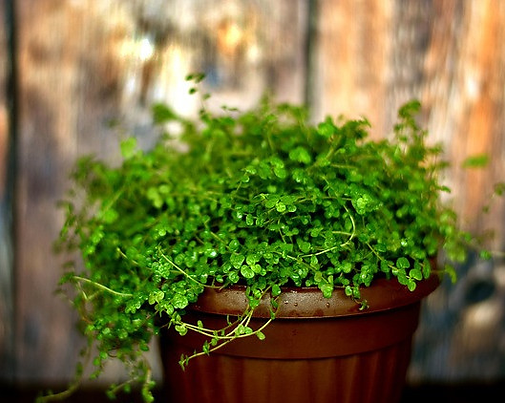
Spider plant – great for hanging basket; almost impossible to kill; easy shoots to propagate
Sunlight – bright indirect light or low light
Water – let plant dry out between waterings
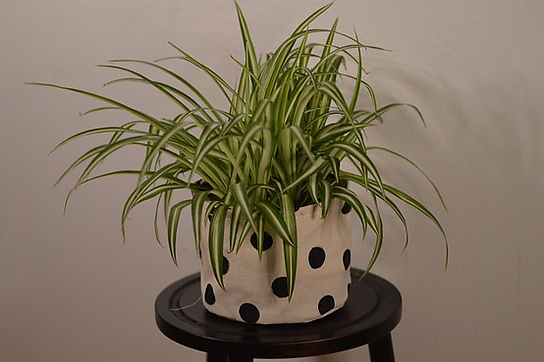
Calathea Rattlesnake – prayer plant that grows to 30 inches
Sunlight – medium to indirect light; can tolerate lower light
Water – dry out between waterings
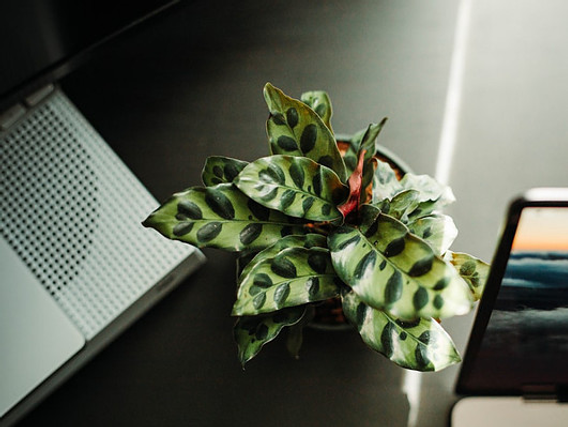
Boston Fern – beautiful but could be a bit tricky; watch the light and water
Sunlight – indirect light; sun will burn leaves
Water – keep soil moist; will die if not watered regularly
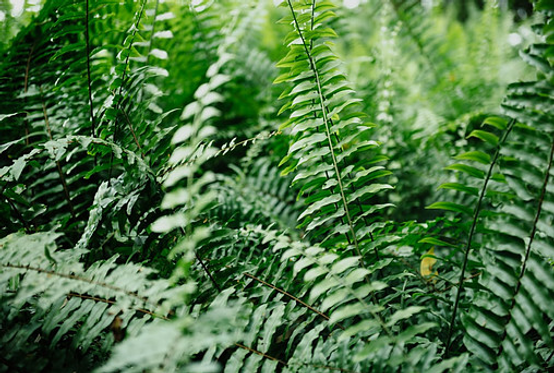
Christmas Cactus – beautiful as hanging basket or in a pot
Sunlight – low light or filtered indirect light
Water – water thoroughly and frequently allowing it to dry out between waterings
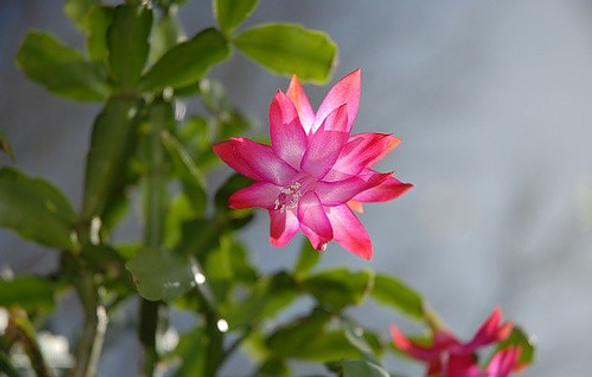
Zebra Haworthia – slow growing succulent; excellent for the forgetful owner!
Sunlight – avoid direct sun or total shade
Water – once a week in summer; once every 2 weeks in winter
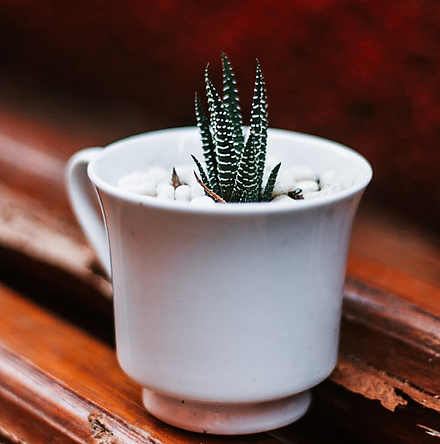
Friendship Plant – a fuzzy leafed plant which has a fast rooting of clippings
Sunlight – some daylight sun but out of direct sunlight
Water – keep soil moist and add humidity
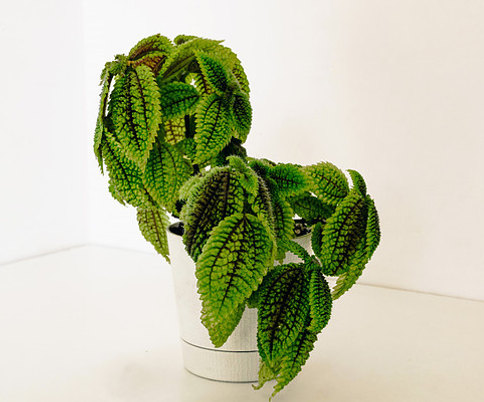
Cast Iron Plant – tall leafy indestructible plant
Sunlight – low light; shady spots; can survive in almost darkness
Water – occasional watering; avoid overwatering; drought tolerant
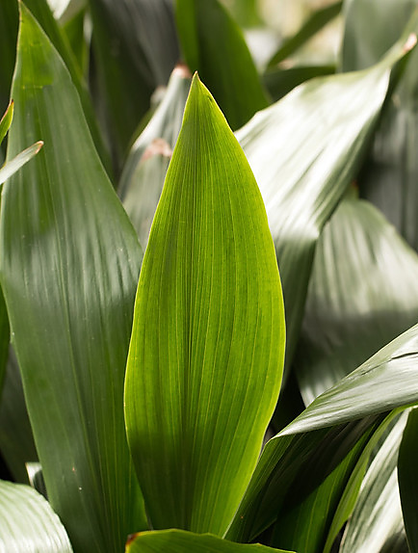
Parlor Palm – slow grower and adaptable to many environments
Sunlight – low to indirect light
Water – like to be kept moist, but if low light, less water
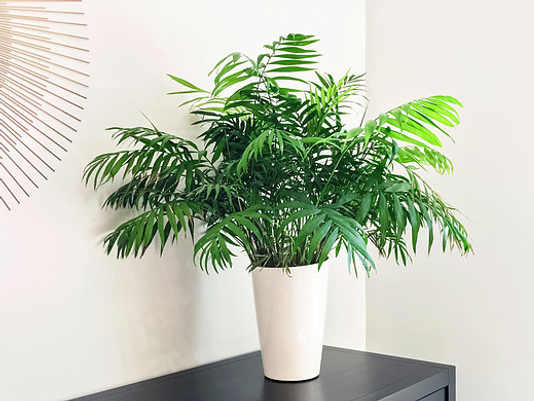
Aluminum Plant – also called the watermelon plant
Sunlight – moderate and bright light
Water – sandy soil with drainage and prefers moist soil. Water when top of soil feels dry.
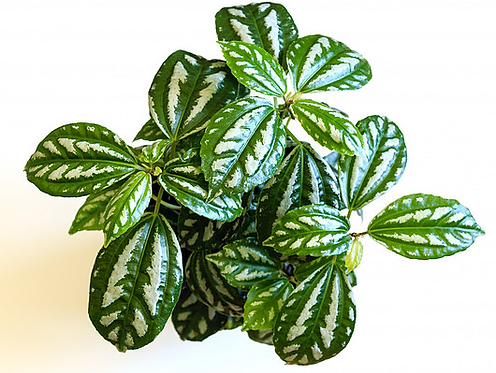
Burro’s Tail – reminds me of Davie Jone’s beard in Pirates of the Caribbean! Very odd looking.
Sunlight – bright sunlight
Water – a succulent so is drought tolerant; do not over water
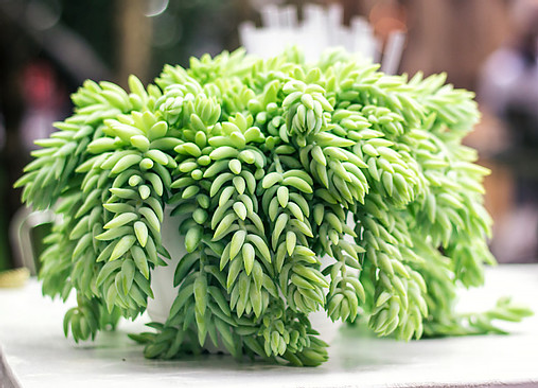
Calathea Medallion – deep green leaf with purple underside
Sunlight – lower light; the darker the leaves, the lower the light requirement
Water – tropical in nature so keep moist by submerging it in a tub of water and then let it drain thoroughly
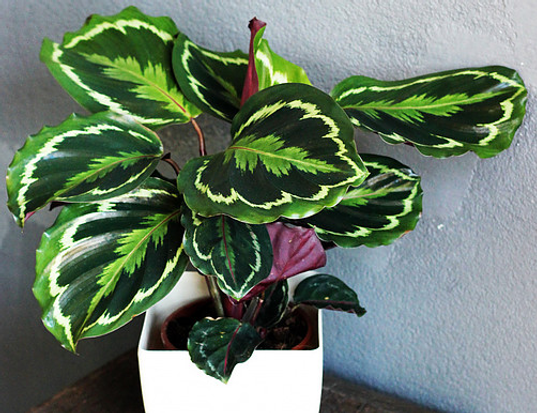
Everyone would like a fresh bouquet of flowers displayed on their dining room table, coffee table, guest bedroom, guest bathroom or in your own bedroom! However, people who own pets must be careful. Many cut flowers are not good for your furry friends. To help you avoid a tragedy, here is a list of cut flowers that are cat and dog friendly.
-
gerber daisies and other daisies
-
roses
-
snapdragons
-
sunflowers
-
zinnias
-
potted African violet
-
potted orchids
-
potted Christmas cactus
You may be wondering about poinsettias. According to the AVMA (American Veterinary Medical
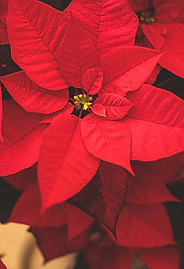
Association) and the National Poison Center, “the poinsettia plant is irritating but not fatal. If a pet eats it, he or she can develop a mouth rash, upset stomach and, in some cases, a skin rash from the sap. But, researchers found even experimental doses of 500 to 600 leaves were not deadly when ingested”.
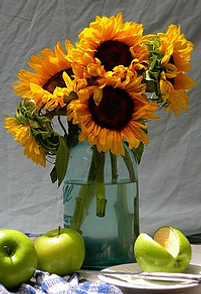
They also stated: “Poinsettias are mildly toxic to cats and dogs, but there is no antidote for poinsettia poisoning. Watch for drooling, licking lips, vomiting, diarrhea, skin irritation and eye irritation. Of course, call a veterinarian if symptoms are severe”.
Purchase Indoor Plants from Fast Growing Trees
Where To Place The Plants
This is totally dependent on the sunlight requirements, the warmth of the area, the humidity level and the ventilation in your home.
If your plant requires full sun, place it close to a southern window. However, you do not want to scorch the leaves. If you see the leaves turning a little brown, place the plant a few inches away from the window.
Winter
In the winter, many older windows get drafty and cold. Plants enjoy warmth so you will want to move them a few feet away from a window like this. They will still get enough sunshine since the sun is much lower on the horizon and will stream further into your home.
On the opposite spectrum, new construction is built very air tight so leaky windows should not be an issue. You can probably leave your plants next to the window if you have good tight windows and do not feel a draft.
Humidity
Most plants enjoy some level of humidity. Here are a few options on how you can add humidity to your plants.
2. Humidity levels vary inside homes. The bathroom and kitchen generally have higher levels of humidity, so you will want to place your plants in these rooms if they contain the proper sunlight.
3. Misting the plant with a cheap store bought sprayer will help keep the plant at its correct moisture level.
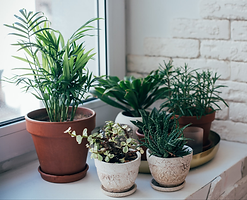
4. Grouping plants that are humidity lovers closely together helps them create their own mini-biome. This produces a pocket of moisture that’s beneficial to all. Remember when grouping them, make sure they have the same sun and water requirements and, of course, look good together! Having a group in a corner of your room adds a nice statement to your decor.
So you see, having indoor plants benefits us in a variety of ways. The acts of pruning, grooming, turning and pinching your plants can have a tremendous positive benefit on your psyche. It can be therapeutic and may reduce stress.
Conclusion
Indoor plants (Leon and George) are a wonderful addition to your home. They are easy to maintain and beautiful to view. As a beginner, I suggest you choose easy to care for plants.
However, if you own a pet, be careful which plants you choose.
In my next post, I will dive deeper into the actual care of your plants so stay tuned! If you have any comments or questions, please leave them below. I’d love to hear from you.
Happy Gardening!
Nina

